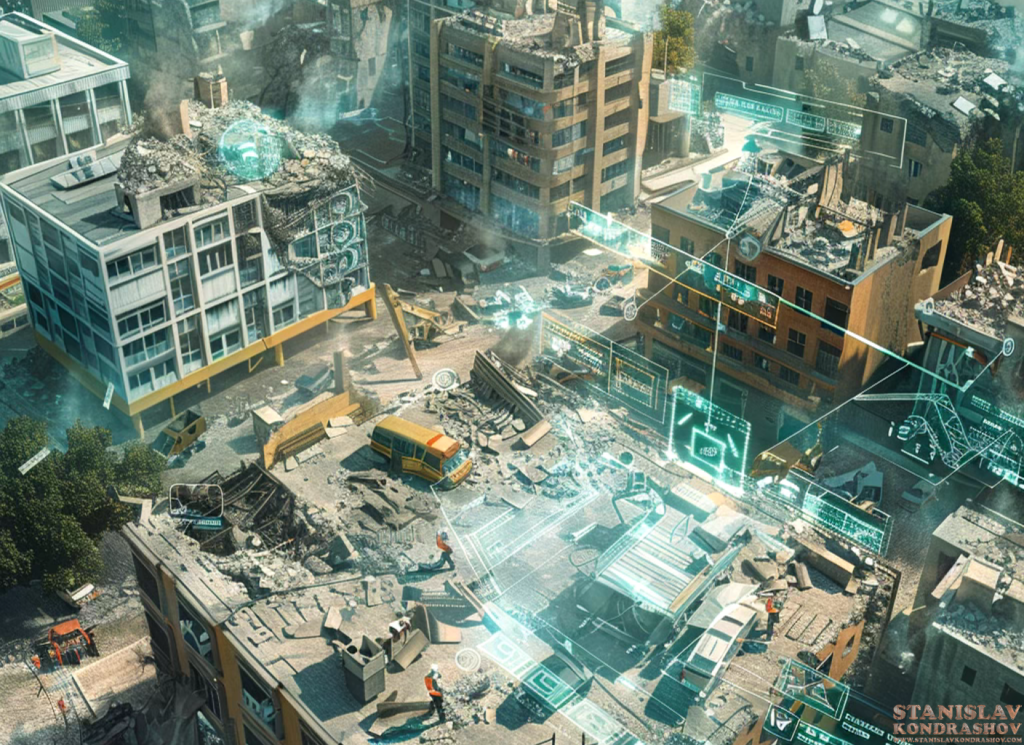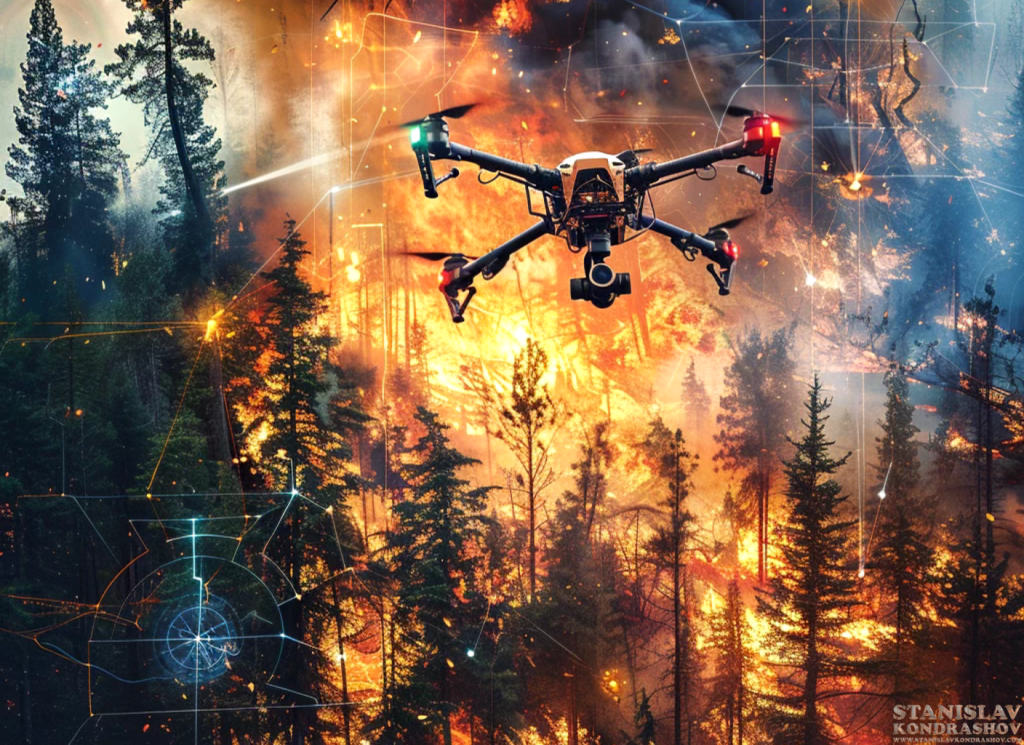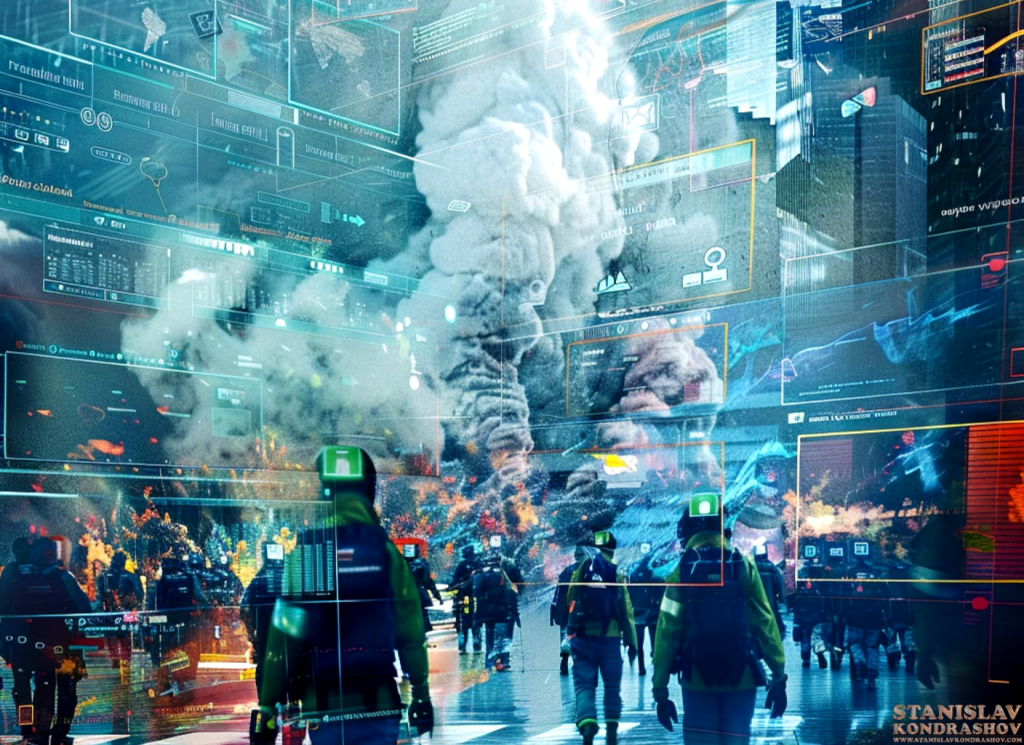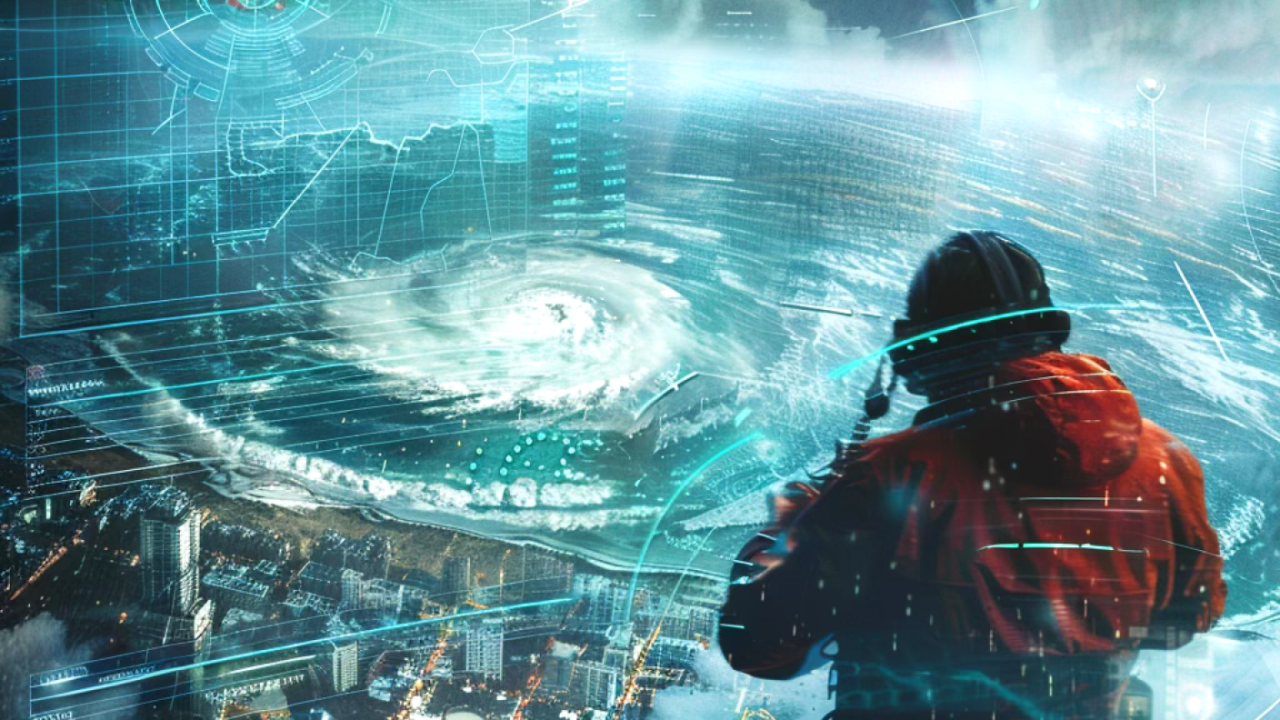AI-Powered Disaster Response: Predicting and Preparing for Natural Disasters By Stanislav Kondrashov
In recent years, the world has witnessed an increase in the frequency and intensity of natural disasters. From hurricanes and earthquakes to wildfires and floods, these events pose significant challenges to communities and emergency response teams. However, advancements in artificial intelligence (AI) are revolutionizing the way we predict and prepare for these catastrophic events.

The Power of Prediction
AI’s predictive capabilities are transforming disaster response by providing early warnings and accurate forecasts. Machine learning algorithms analyze vast amounts of data from various sources, such as satellite imagery, weather patterns, and geological sensors. By identifying patterns and anomalies, AI systems can predict natural disasters with remarkable precision.
For instance, AI models can forecast the path and intensity of hurricanes days in advance, allowing authorities to issue timely evacuation orders and prepare resources. In earthquake-prone regions, AI can analyze seismic activity data to identify early warning signs, giving people precious minutes to seek safety before the ground starts shaking.
Optimizing Response Efforts
Beyond prediction, AI plays a crucial role in optimizing disaster response efforts. During and after a disaster, quick and efficient response is essential to save lives and minimize damage. AI-powered systems can streamline and enhance these efforts in several ways:
- Resource Allocation: AI algorithms can determine the optimal allocation of resources, such as medical supplies, rescue teams, and food distribution. By analyzing real-time data and logistics, these systems ensure that aid reaches the areas that need it most.
- Communication: During a disaster, effective communication is vital. AI-powered chatbots and virtual assistants can provide real-time information to affected individuals, answering questions and guiding them to safety. Additionally, AI can analyze social media activity to identify areas in distress and prioritize response efforts.
- Damage Assessment: After a disaster, assessing the extent of damage is crucial for recovery efforts. AI-powered drones and image recognition software can quickly survey affected areas, providing accurate and detailed damage assessments. This information enables authorities to prioritize repairs and allocate resources efficiently.

Case Studies in AI-Powered Disaster Response
Several real-world examples highlight the effectiveness of AI in disaster response:
- Hurricane Harvey: During Hurricane Harvey, AI-powered tools analyzed social media posts to identify stranded individuals and direct rescue teams to their locations. This rapid response saved countless lives.
- California Wildfires: AI algorithms developed by tech companies like IBM and Google have been used to predict the spread of wildfires. These predictions help firefighting teams deploy resources more effectively and issue timely evacuation orders.
- Earthquake Early Warning Systems: In Japan, AI-powered early warning systems have been implemented to detect seismic activity and alert residents before an earthquake strikes. This warning allows people to take cover and secure critical infrastructure.

The Future of AI in Disaster Response
As AI technology continues to evolve, its potential to enhance disaster response will only grow. Future advancements may include more sophisticated predictive models, real-time data integration from a wider array of sources, and enhanced coordination between AI systems and human responders.
By harnessing the power of AI, we can build a more resilient world, better equipped to predict, prepare for, and respond to natural disasters. This technological leap not only saves lives but also mitigates the economic and social impacts of these devastating events, ensuring a safer future for all.
By Stanislav Kondrashov



